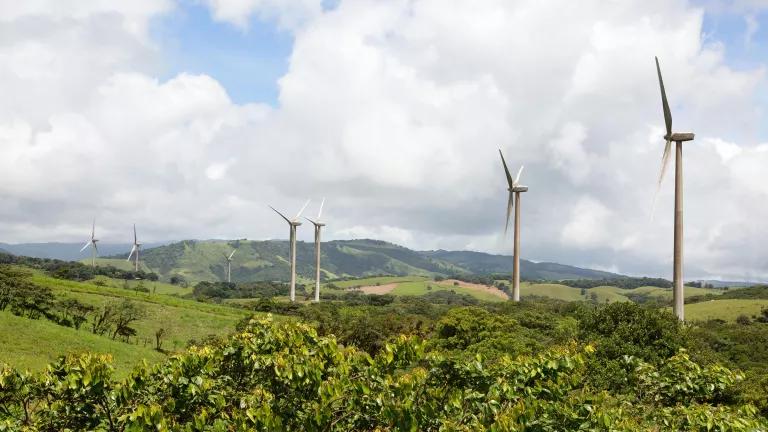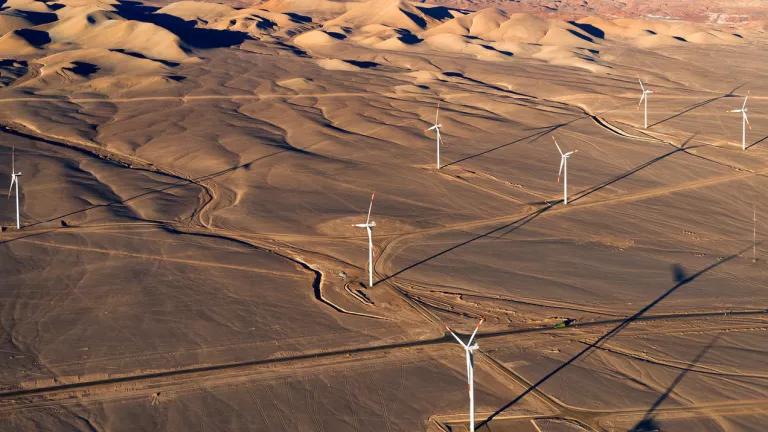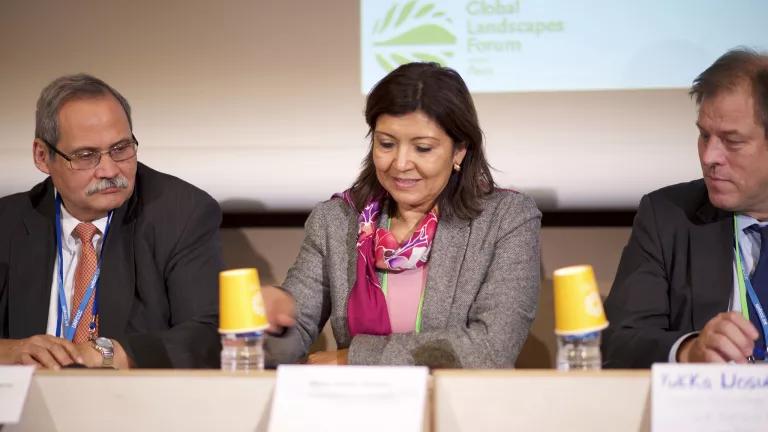
Latin America is on the front lines of the fight against global climate change. The melting glaciers of its Andean peaks bear witness to increasing global temperatures. Communities and infrastructure in low-lying coastal zones are susceptible to sea level rise. And increasingly frequent climatic disruptions—severe droughts and storms—bring new threats to economic sectors such as agriculture and fishing, as well as the communities that base their livelihoods on them. Countries in the region are striving to adapt, while recognizing the urgent need to mitigate greenhouse gas emissions from fossil fuels and other sources.
As part of their commitments to combat climate change, countries in Latin America are already tackling emissions and boosting clean energy:
- Mexico has set a goal of producing 35 percent of its electricity from clean sources by 2024. It also aims to reduce transportation-related emissions by increasing the availability of cleaner vehicles and fuels.
- Costa Rica and Chile, already leaders on renewable energy, have set national decarbonization plans and carbon neutrality goals for their electricity and transportation sectors.
- Peru is shifting away from its reliance on oil, aiming for an energy mix that is based on 40 percent renewables by 2021. The nation is also working to advance energy efficiency and promote the development of biofuels.
- Brazil proposes to source 45 percent of its primary energy mix from renewable sources and produce 23 percent of its electricity from non-hydroelectric renewables by 2030, which would help decrease the country’s carbon intensity.
NRDC and our partners are tracking Latin America’s progress in meeting these and other targets, encouraging more ambitious actions, and, when necessary, calling out nations that are stepping back on their commitments.





